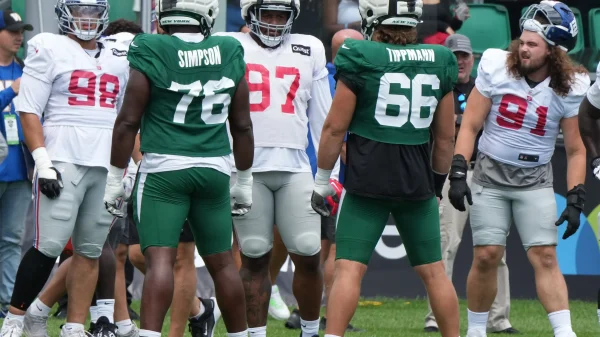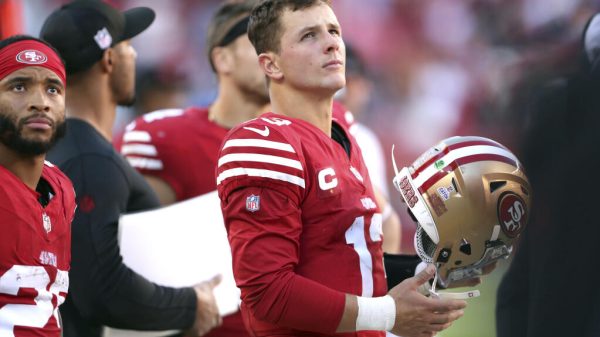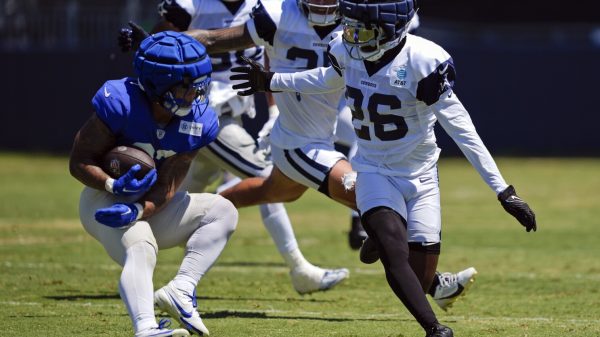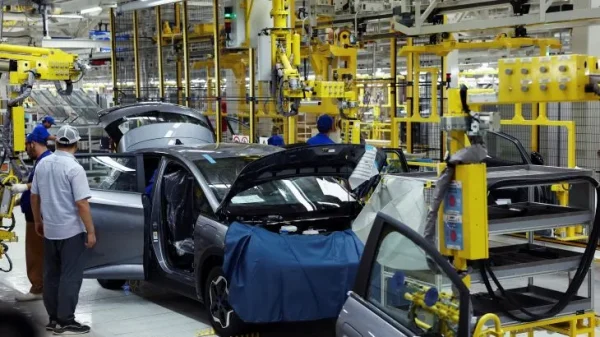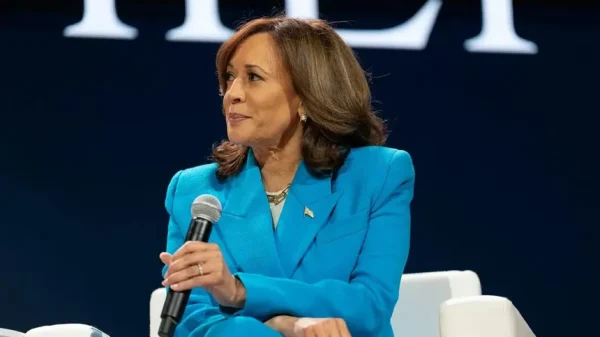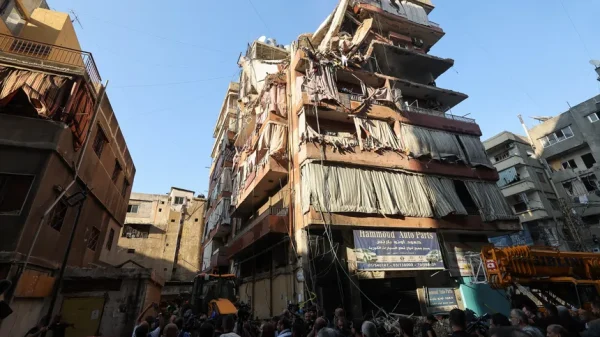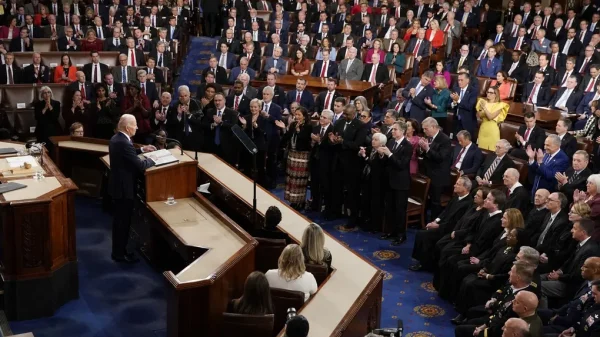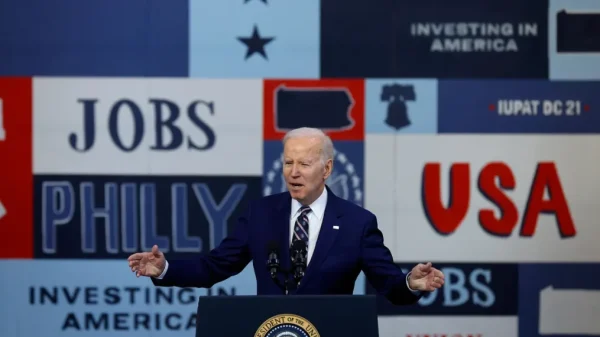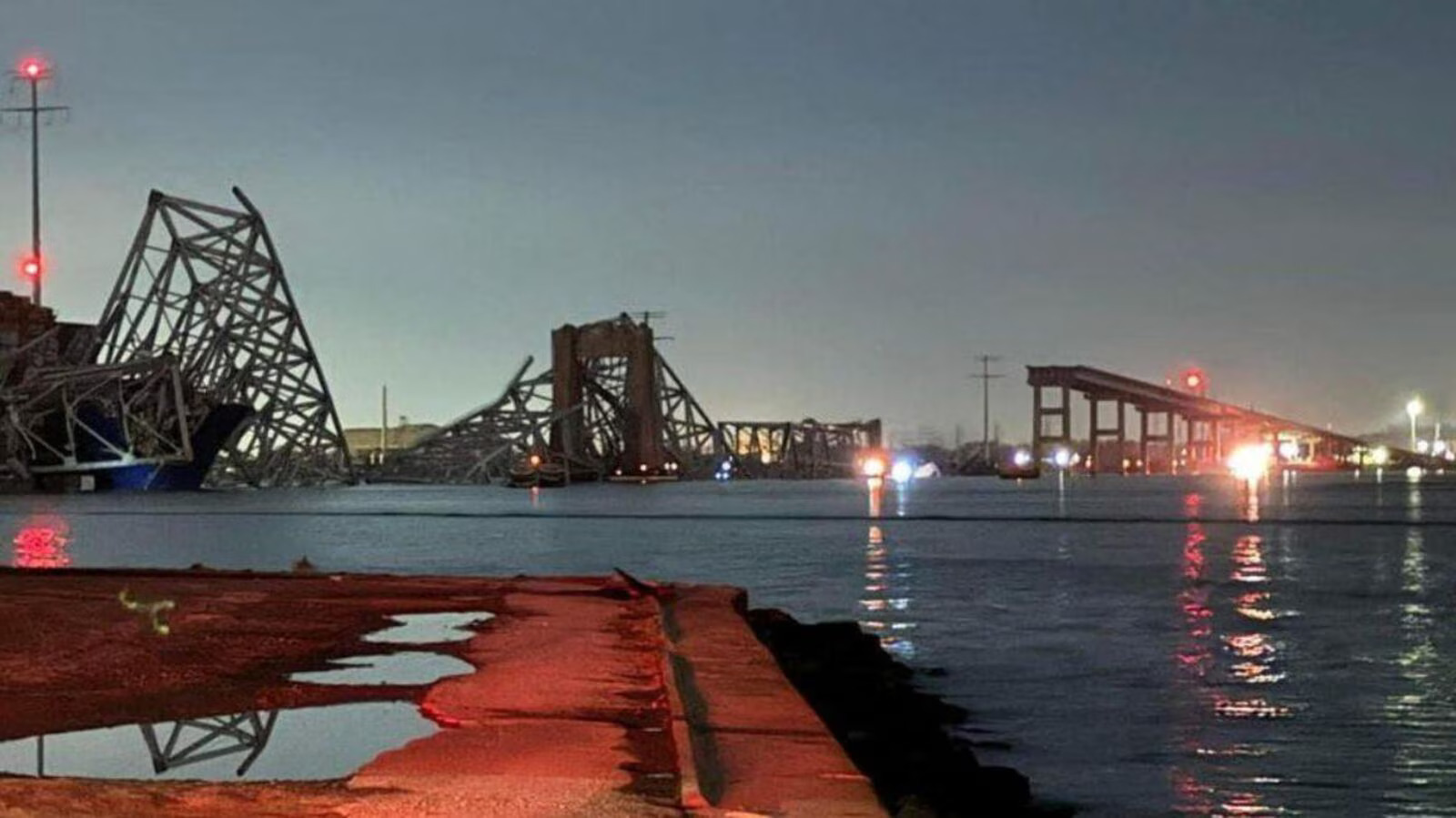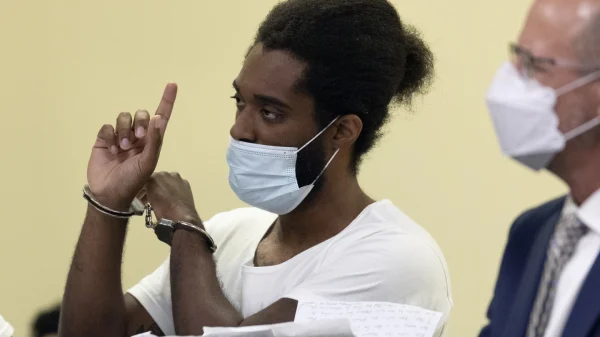Baltimore experienced severe traffic problems when the Francis Scott Key Bridge collapsed, forcing cars onto already crowded harbor crossings.
The bridge, crucial for travelers between major eastern U.S. cities, was badly damaged by a container ship collision, limiting alternative routes.
With only two tunnel routes near downtown Baltimore available, diverted traffic-clogged roads, worsening existing congestion. About 35,000 vehicles used the Key Bridge daily, making the traffic chaos worse.
Residents like Dex Dunbar faced long delays, turning their usual 10-minute drives into hour-long journeys. The bridge collapse disrupted daily commutes and threatened to cause traffic problems for months or even years.
Authorities rushed to handle the crisis, redirecting police to manage traffic and helping with rescue efforts.
But losing the bridge caused problems beyond traffic, affecting activities like the Baltimore Orioles’ planned open workout.
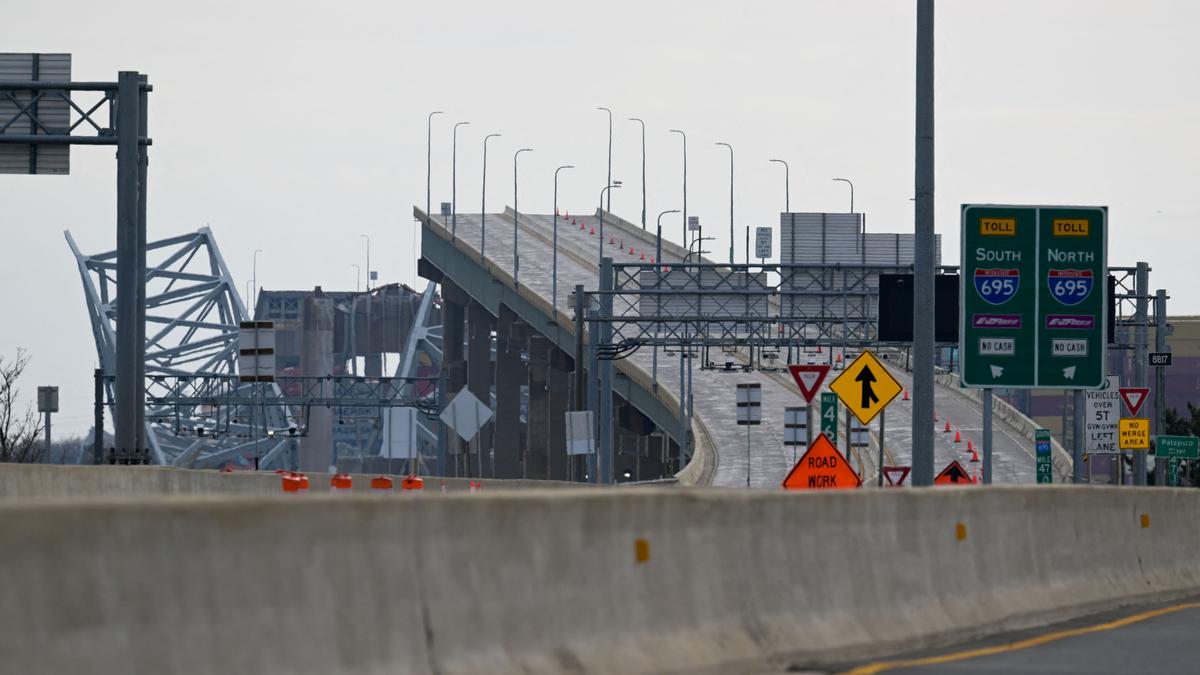
Baltimore Orioles cancel workout (Via Frank Guetta/Getty Images)
Trucks with dangerous materials or that were too big had to take detours, making transportation more complicated.
The Maryland Department of Transportation promised more resources to ease congestion, but the immediate future was uncertain.
Frustrated commuters shared worries on social media about the worsening traffic, fearing it would continue for a long time.
The collapse of the Francis Scott Key Bridge affected all of Baltimore, showing how important infrastructure is in daily life. The city worked to get back to normal.
The incident was a reminder of how vulnerable vital infrastructure is and the need for good plans to deal with such disasters. Baltimore people and officials worked together to handle the crisis caused by the bridge collapse.
The first thing was to fix the traffic and make sure people were safe. But the incident also led to talks about how to make infrastructure stronger and better ready for future problems.



